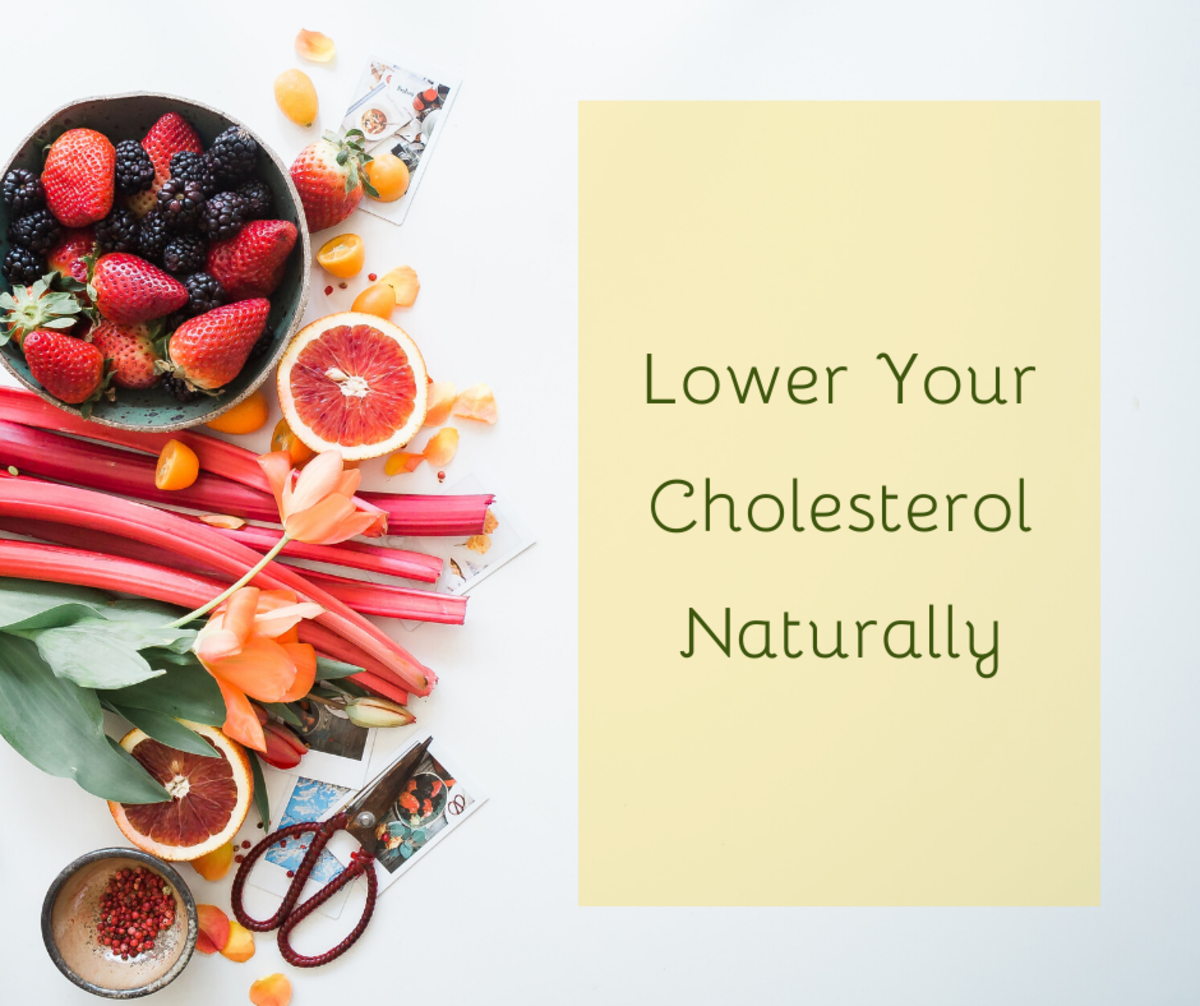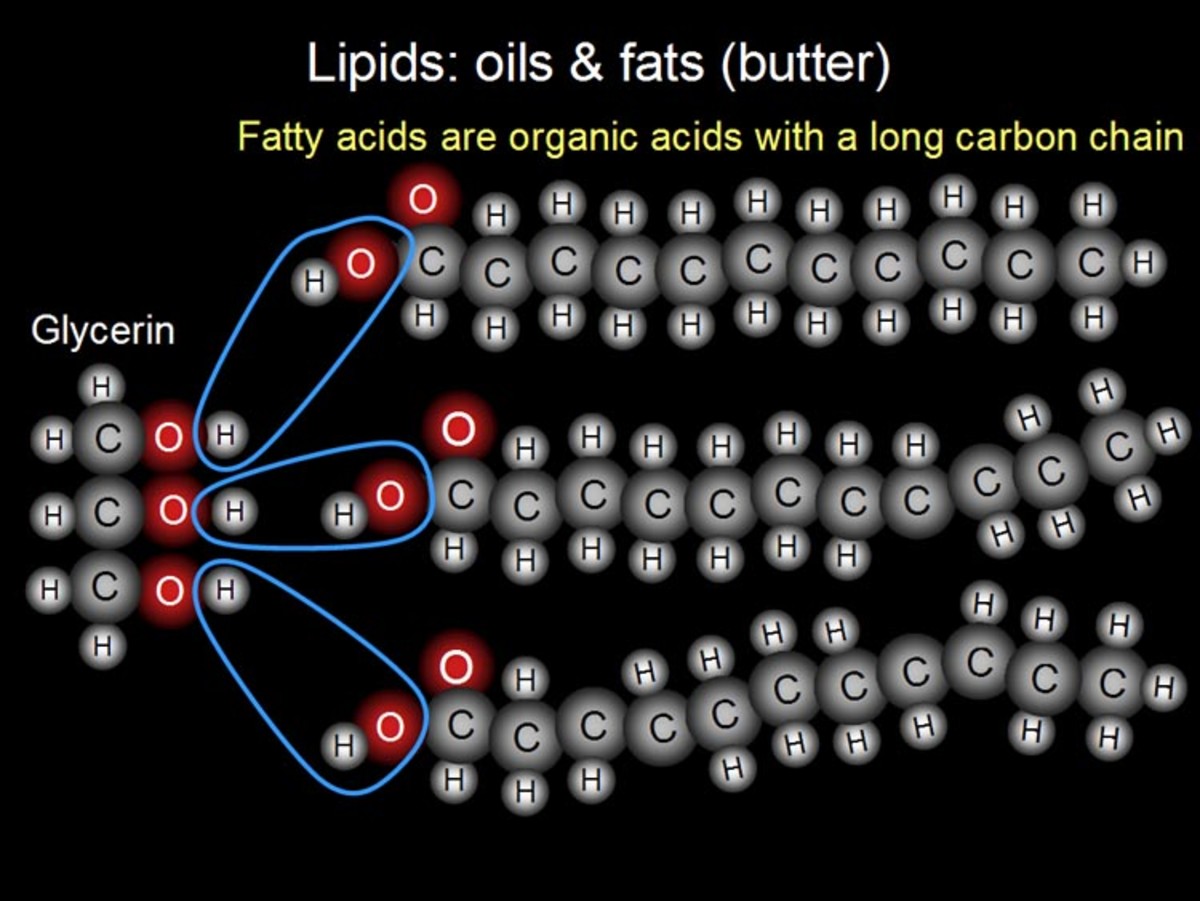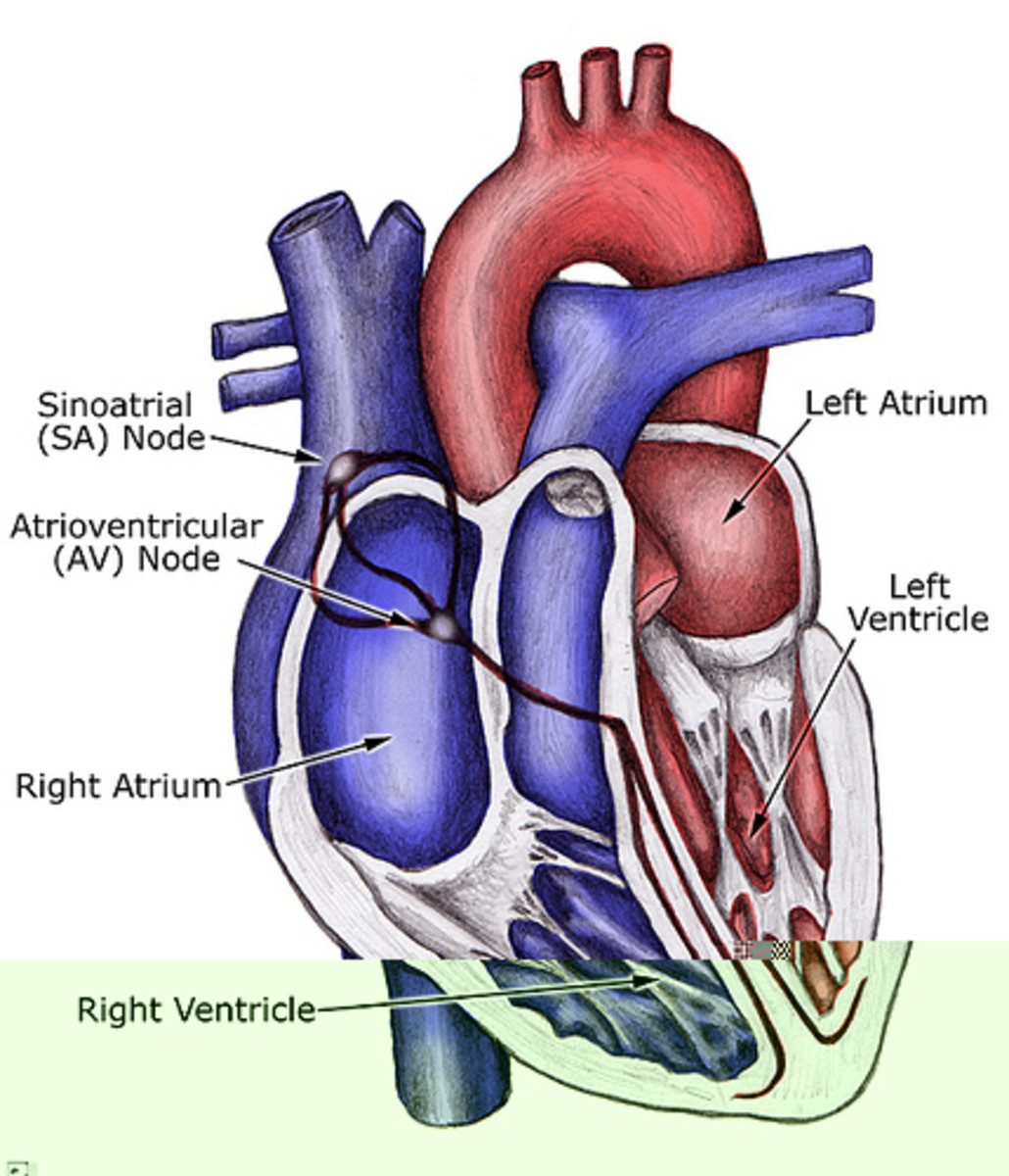Cholesterol and Triglycerides - Understand Your Levels

You're going to have a Lipid Panel or Lipoprotein Profile. In other words you are going to get your Cholesterol, which includes Total Cholesterol, HDL and LDL and Triglycerides Levels checked. The results will give you an indication of your risk for Heart Disease.
Make sure you Fast. That means do not eat anything for twelve hours prior to your blood draw. You should drink water and may have black coffee but eating will alter the results of your Triglycerides and LDL.
Make sure you stay well hydrated. Drink lots of water! Your veins will be easier to find.
What is Cholesterol?
Cholesterol is a waxy fat like substance found in every cell in the body. It is produced by the liver and is an important part of normal body functions.
- Cholesterol is used to build cell membranes.
- It is involved in the production of sex hormones and those hormones that are released by the adrenal glands.
- It insulates nerve fibers.
- It is important for the metabolism of fat soluable vitamins such as Vitamins A,D,E and K
- Converts sunshine to Vitamin D
Total Cholesterol Levels
- Optimal: 199 or lower
- Borderline: 200-239
- High Risk: 240 or higher
HDL-The "Good" Cholesterol
The "Good" Cholesterol is known as HDL, or High Density Lipoprotein. It removes excess cholesterol from the bloodstream and artery walls and transports it back to the liver where it can be broken down or metabolized. People with high HDL levels are at a lower risk for Heart Disease. The higher the level the more protection you have.
HDL Levels Range
Men
- Excellent: 60 or higher
- Good: 40-59
- Needs Improvement: 39 or lower
Women
- Excellent: 60 or higher
- Good: 50-59
- Needs Improvement: 49 or lower
How To Increase Your HDL Level
- Quit Smoking! Tobacco smoke lowers your level of HDL
- Maintain a Healthy Weight. Avoiding Obesity and Over-Weightedness reduces your risk for Heart Disease and many other health conditions.
- Aerobic Exercise. Exercising 30-60 minutes as many days of the week as you can is ideal but difficult for most people. Start with a brisk walk for 20-30 minutes, 3 days per week to help "pump up" your HDL.
LDL-The "Bad" Cholesterol
LDL or Low Density Lipoprotein is referred to as the "Bad" Cholesterol because it contributes to plaque which is a hard, thick deposit that can clog arteries and make them less flexible. LDL carries needed cholesterol to all parts of the body. There will be a build up if there is too much cholesterol for the cells to use. High LDL levels are associated with an increased risk for heart disease and stroke.
LDL Levels Range
- Optimal: <100
- Optimal Desirable: 100-129
- Borderline: 130-159
- High: 160-189
- Very High: 190 or higher
How To Reduce Your LDL
- Exercise Regularly: 30-60 minutes of combined Aerobic and Strength Training, such as Brisk Walking and Lifting Weights
- Lose Weight if necessary
- Change Your Diet:
- Increase Colorful Fruits and Veggies
- High in Whole Grains and Fiber
- Low in Saturated Fats, Trans Fats and Cholesterol
- Eat Heart Healthy Fats: Olive or Avocado Oil, Fatty Fish such as Salmon, Avocados and Nuts such as Almonds and Walnuts
What Are Triglycerides?
Triglycerides are chemical forms that exist in body fat. They can originate from the fat we consume or are created in the body from other energy sources such as carbohydrates. They store unused calories and provide energy for metabolism. High concentrations in the blood correlate with the consumption of Starchy Foods, those high in Carbohydrates and Fatty Foods. The most common form of fat we digest is found in animal fats and vegetable oils.
High Levels of Triglcerides put you at a greater risk for Atherosclerosis which is a narrowing of the arteries caused by a build up of Fatty Plaques. This can lead to Heart Attack, Stroke and Peripheral Vascular Disease.
Triglyceride Levels Range
Desirable: <150
Borderline High: 150-199
High: 200-499
Very High: 500 or higher
Cholesterol and Heredity
Inherited or Genetic Disorders can cause high levels of cholesterol that are difficult to control. These genetic abnormalities can increase cholesterol no matter how much you modify your lifestyle or manage your diet.
- Hypercholesterolemia is the most common type of inherited high cholesterol. About 1 in 500 people have Familial Hypercholesterolemia which can significantly increase the risk of developing Coronary Artery Disease.
- Familial Hyperlipidemia causes both the levels of Cholesterol and Triglycerides to increase. It has been estimated that 20% of the 13 million people in the United States that are under the age of 60 have Hyperlipidemia. It is more common in families with a history of high cholesterol and commonly causes heart attacks in young people due to a buildup that can be present in the early teens.
How To Reduce Triglycerides
High Triglyceride Levels respond well to Lifestyle Changes.
- Exercise Regularly
- Increase your intake of Omega 3 Fatty Acids. Eat Fatty Fish such as Salmon, Mackeral, Lake Trout, Sardines, Herring and Albacore Tuna. If you don't like Fish, find a reputable source for supplemental Omega 3 Fatty Acid.
- Flaxseed is a good source of Fiber as well as Omega 3 Fatty Acids.
- Decrease Saturated and Trans Fats such as those found in Fried Foods, Lard, Butter, Whole Milk, Ice Cream, commercially Baked Goods, Meats, Cheese and Processed Foods.
- Decrease Sugar Intake
- Change from White to Brown: Rice, Bread, Pasta, Whole Wheat Products. The taste may take awhile to get used to but it is well worth the health benefits.
Medications To Reduce Cholesterol and Triglcerides
- Statins lower LDL Cholesterol by reducing production of Cholesterol in the liver. They also can reduce Triglyceride levels and increase levels of HDL.
Side Effects that can subside with the body's adjustment to the medication include upset stomach, gas, constipation, abdominal pain and cramping.
A more rare but significant and dangerous side effect is muscle wasting which can cause muscle pain, weakness and dark colored urine. You should contact your Physician immediately if these symptoms are present.
- Bile Acid Sequestrants combine with bile acids in the intestine where they are eliminated in body waste. These medications are sometimes prescribed with Statins to enhance their Cholesterol lowering effects.
- Cholesterol Absorption Inhibitors inhibit the absorption of cholesterol in the intestines, have very few possible side effects and are useful for people that cannot tolerate Statins.
- Niacin reduces LDL and Triglycerides and increases HDL.
The most common side effect is flushing and it can be difficult to deal with. This side effect can be diminished if Niacin is taken just before or with meals or if Aspirin or another anti-inflammatory suggested by your Physician is taken 30 minutes prior to taking Niacin.
Niacin can also enhance the effectiveness of medications taken for Hypertension causing the Blood Pressure to drop. Monitor your Blood Pressure regularly.
Some gastrointestinal side effects include indigestion, nausea, gas, vomiting and diarrhea.
- Fibrates can be effective in lowering Triglycerides.
Gastrointestinal discomfort and gallstones can be side effects. Fibrates may offset the effects of Anticoagulants on thinning blood.
Do You Need To Lose Weight?
The BMI or Body Mass Index is a general guide to see if you are height/weight proportionate. It will indicate if you are in an Underweight, Normal, Overweight or Obese range.
Calculate your BMI
It is more accurate if your body fat percentage is known.
Use this Body Fat Calculator to estimate your body fat percentage.
Lifestyle Changes
While on medications continue to modify Lifestyle.
- Lose Weight if necessary
- Exercise Regularly
- Eat Healthy Foods low in saturated fats and cholesterol. Add Healthy Fats, colorful Fruits and Veggies, Nuts and Fatty Fish or supplement with Omega 3 Fatty Acids.








